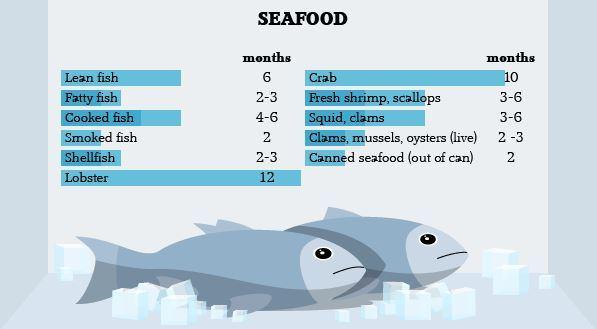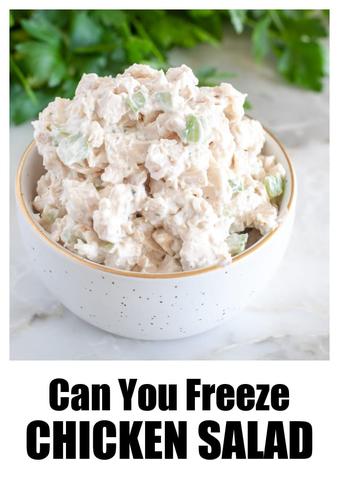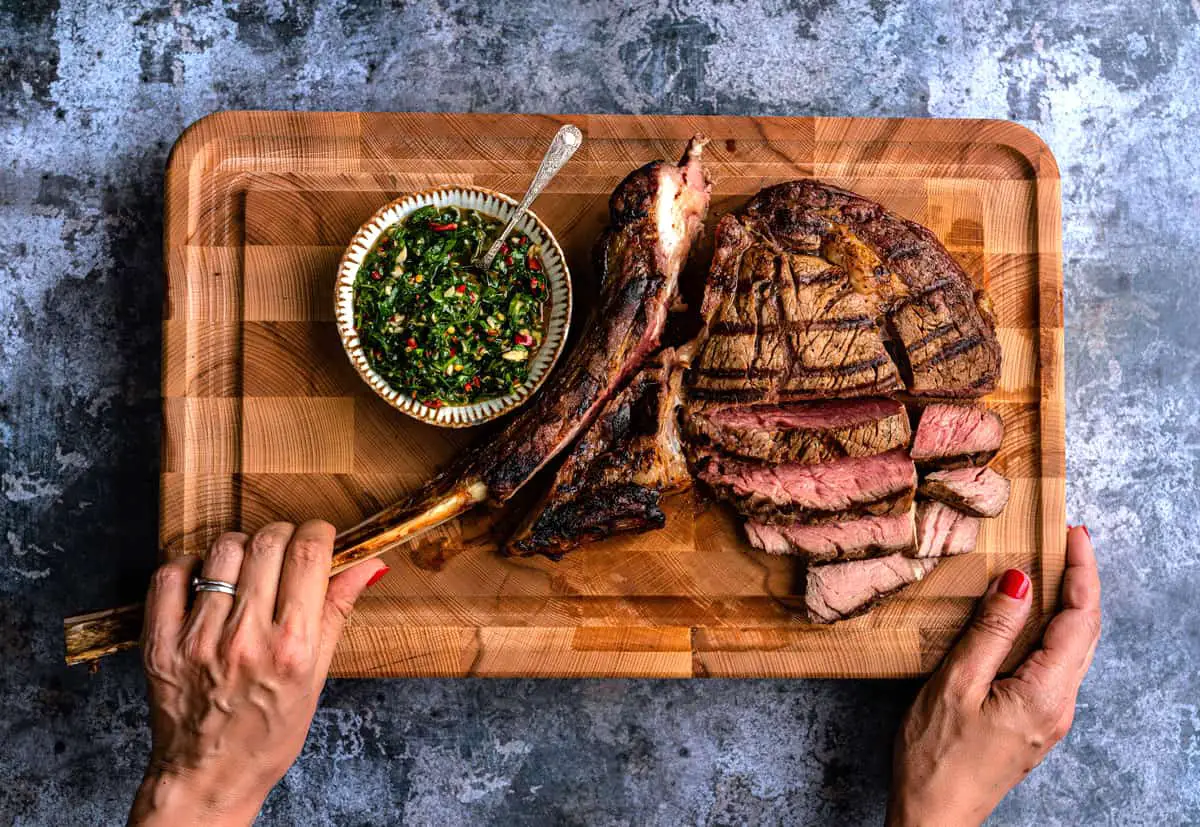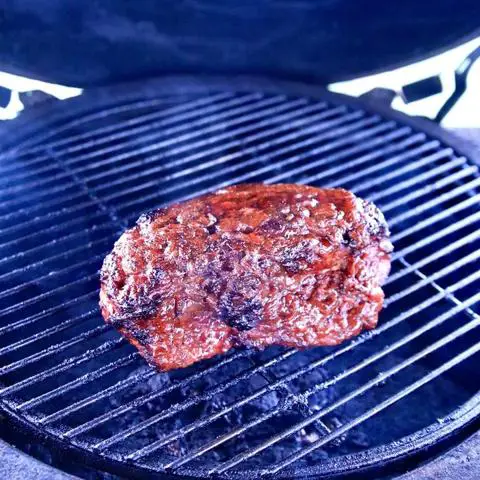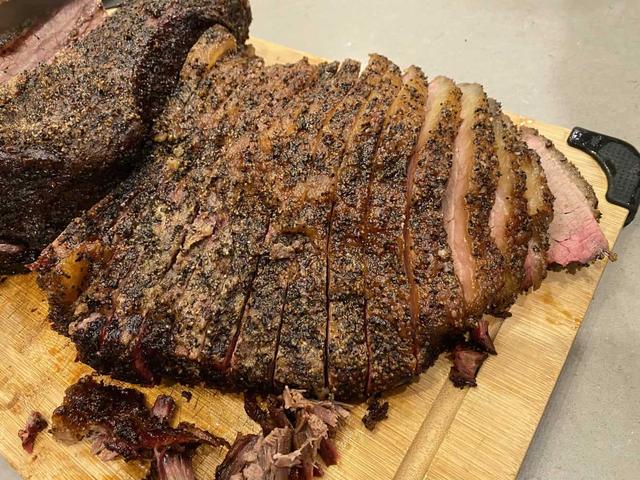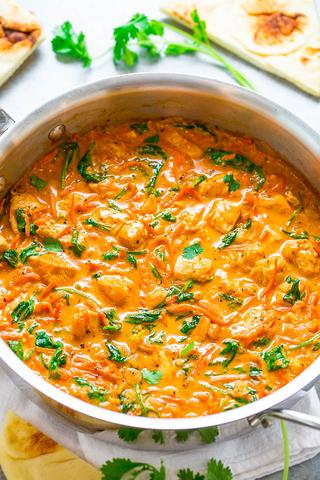
Deliciously Creamy: Easy Chicken Curry with Coconut Milk
Quick & Easy Coconut Curry Chicken
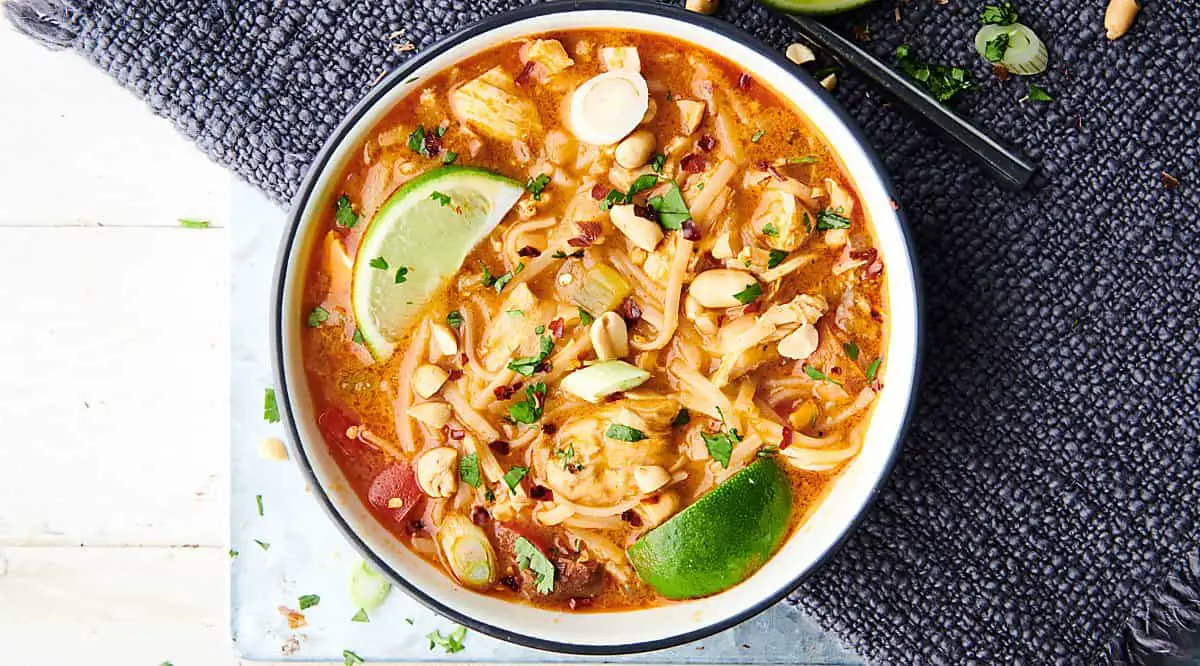
This recipe for Coconut Curry Chicken is a simple and flavorful dish that can be made using ingredients you likely already have at home. It only takes 25 minutes to cook, making it a quick and convenient option for a delicious meal. The dish calls for boneless chicken breast or thigh meat, which is cubed into bite-sized pieces. Additionally, you’ll need a small onion, tomato paste, curry powder, and full-fat coconut milk.
To prepare the dish, simply add all of the ingredients to a pot on the stove top over medium-low heat. Cook for 15 minutes, stirring occasionally until the chicken is cooked through. While the chicken is cooking, you can also prepare some rice to serve with the curry. In another pot, bring 2 cups of water to a boil and add the rice. Cover with a lid and simmer for about 18 minutes until all the water is absorbed and the rice is tender.
This Coconut Curry Chicken recipe is versatile and allows for substitutions or omissions based on what ingredients you have available. For example, if you don’t have fresh chicken, you can use potato chunks instead. You can also leave out the onion and garlic if necessary. However, it’s important to note that when using coconut milk in this recipe, it should be the kind that comes in a can rather than a carton meant for drinking. The fat ratio in these two types of coconut milk differs significantly.
Ingredients in Curry Chicken
This Coconut Curry Chicken recipe requires just six simple ingredients: chicken, onion, tomato paste, curry powder, coconut milk, and rice.
The chicken can be boneless skinless breasts or thighs, with thighs being preferred for their juiciness and flavor. The chicken is cut into bite-sized chunks.
An onion adds a slightly sweet and savory flavor to the dish. It is chopped and added to the pot.
Tomato paste is used to deepen the flavor of the sauce and help thicken it. A small amount of tomato paste goes a long way in this recipe.
Curry powder is a turmeric-based spice blend that gives the dish its aromatic depth. It combines savory and sweet flavors with earthy notes from cumin, turmeric, bay leaf, cinnamon, and clove.
Full-fat coconut milk adds creaminess to the curry and enhances the coconut flavor. It’s important to use canned coconut milk rather than carton coconut milk meant for drinking.
Rice is cooked separately as a side dish to accompany the curry chicken. You can use any type of rice you prefer or even substitute it with noodles or cauliflower rice if desired.
Cooking Methods

This Coconut Curry Chicken recipe can be easily cooked on the stove top or in a slow cooker. However, it is not recommended to cook it in an Instant Pot as the high heat may cause the coconut milk to curdle. If you do choose to use an Instant Pot, simply leave out the coconut milk during cooking and add it in afterwards, using Saute mode to cook down and reduce the sauce.
To cook on the stove top, simply add all of the ingredients to a pot over medium-low heat. Cook for 15 minutes, whisking occasionally, until the chicken is cooked through.
For serving with rice, bring 2 cups of water to a boil in another pot. Add the rice and stir. Cover with a lid and simmer on low for approximately 18 minutes, or until all the water is absorbed and the rice is tender. Fluff with a fork before serving.
Serve it up!
Serve it up!
To serve this Coconut Curry Chicken, simply ladle it over a bed of cooked rice. The rice will soak up all the delicious flavors of the curry sauce and provide a perfect base for the chicken. If you don’t have rice on hand, you can also use noodles or pasta as an alternative. For a low-carb option, cauliflower rice works great too.
Garnish your dish with some fresh cilantro or chopped green onions for added freshness and color. You can also squeeze some lime juice over the top to brighten up the flavors. Serve it with naan bread or roti on the side for dipping and scooping up every last bit of sauce.
This Coconut Curry Chicken is a versatile dish that can be customized to your liking. You can add in extra vegetables like bell peppers, peas, or spinach for added nutrition and texture. Feel free to adjust the spice level by adding more curry powder or chili flakes if you prefer it spicier.
No matter how you choose to serve it, this flavorful curry dish is sure to be a crowd-pleaser. Enjoy!
Frequently Asked Questions
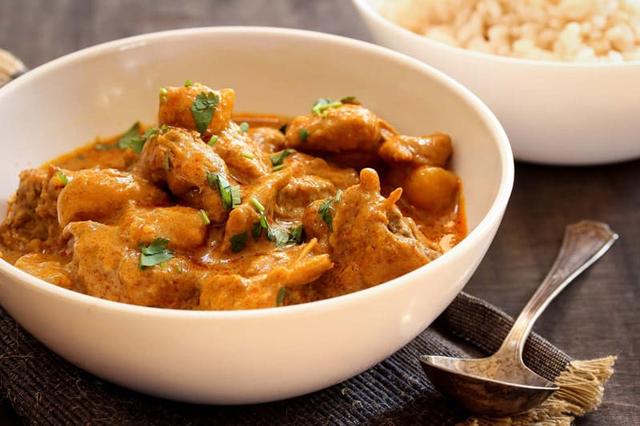
1. What is the difference between coconut milk and coconut cream?
Coconut milk and coconut cream are both derived from the flesh of the coconut, but they have different fat ratios. Coconut milk is thinner and has a lower fat content, while coconut cream is thicker and richer due to its higher fat content. Coconut cream can be used to add a creamy and indulgent texture to dishes, while coconut milk is more commonly used as a base for soups, curries, and sauces.
2. Can I substitute coconut milk with the kind meant for drinking?
No, you cannot substitute coconut milk in recipes with the kind meant for drinking. The fat ratio in these two types of coconut milk is quite different, which will affect the texture and consistency of your dish. It’s best to use canned coconut milk specifically made for cooking.
3. Can I use light coconut milk instead of full-fat?
The recipe recommends using full-fat coconut milk because it provides a richer and creamier texture to the dish. However, if you prefer a lighter option, you can substitute it with light coconut milk. Just keep in mind that the final result may be slightly less creamy.
What does curry powder taste like?
Curry powder has a unique and complex flavor profile that combines savory, sweet, earthy, and spicy notes. It typically has a warm and aromatic taste with hints of cumin, turmeric, bay leaf, cinnamon, clove, and other spices. The combination of these flavors creates a rich and flavorful blend that enhances the taste of any dish it is added to. Most curry powders are not overly spicy but rather mild and fragrant. However, some varieties can be spicier depending on the inclusion of chili peppers in the blend. When choosing a curry powder, look for spice blends that list ginger and black pepper for a milder flavor or chili peppers for a spicier kick. Overall, curry powder adds depth and complexity to dishes, making them more delicious and enticing.
Is curry powder very spicy?
Most curry powders are not actually spicy. Their ingredients are mild and fragrant, adding depth and flavor to dishes. However, some curry powders can be spicy, depending on the blend of spices used. If you prefer a milder curry powder, look for spice blends that list ginger and black pepper as ingredients. These will provide a more mild flavor. On the other hand, if you enjoy spicier curries, look for blends that include chili peppers in their ingredients.
What is the difference between coconut milk and coconut cream?
Coconut milk and coconut cream are both derived from the flesh of mature coconuts, but they have different consistencies and fat contents. Coconut milk is made by mixing grated coconut meat with water and then straining it to remove any solids. It has a thinner consistency and lower fat content compared to coconut cream. On the other hand, coconut cream is made by simmering grated coconut meat in water, which allows the fat to separate from the liquid. The thick, creamy layer that forms on top after chilling is coconut cream.
The main difference between the two lies in their fat content. Coconut milk typically contains around 17-24% fat, while coconut cream contains about 24-30% fat. This higher fat content gives coconut cream a richer and creamier texture compared to coconut milk.
In terms of usage, coconut milk and coconut cream can often be used interchangeably in recipes. However, if a recipe specifically calls for one or the other, it’s important to use the correct type to achieve the desired texture and flavor. Coconut milk is commonly used in soups, curries, sauces, and desserts where a lighter consistency is desired. Coconut cream, with its thicker texture and higher fat content, is often used in recipes that require a richer and more indulgent taste.
Overall, both coconut milk and coconut cream add a distinct tropical flavor to dishes and are versatile ingredients in various cuisines around the world.
Coconut Chicken Curry
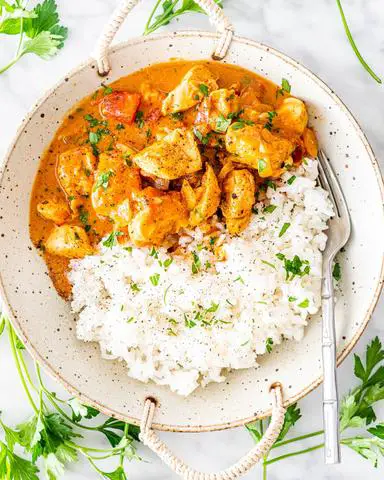
This Coconut Curry Chicken recipe is a quick and flavorful dish that can be made using ingredients you likely already have at home. It only takes 25 minutes to cook on the stove top, making it a perfect option for a weeknight meal. The key ingredient in this curry is coconut milk, specifically the kind that comes in a can. The fat ratio in canned coconut milk is different from the type found in cartons meant for drinking. For a richer and creamier texture, you can also opt for coconut cream.
To make this curry, you’ll need boneless chicken breast or thigh meat cut into bite-sized chunks, along with onion, tomato paste, curry powder, and full-fat coconut milk. Simply add all of the ingredients to a pot over medium-low heat and cook for 15 minutes until the chicken is cooked through. Serve it with rice or any type of noodle/pasta to soak up the delicious sauce.
Ingredients
This Coconut Curry Chicken recipe requires just six ingredients:
- 1 pound boneless chicken breast or thigh meat, cut into bite-sized chunks
- 1 small white or yellow onion, chopped
- 2 tablespoons tomato paste
- 2 tablespoons curry powder
- 1 can (13.5 ounces) full-fat coconut milk
- Cooked rice or noodles for serving
To make this dish, simply combine all of the ingredients in a pot on the stove top over medium-low heat. Cook for 15 minutes, whisking occasionally, until the chicken is cooked through. Meanwhile, in another pot, bring 2 cups of water to a boil and add the rice. Cover with a lid and simmer for approximately 18 minutes, or until all the water is absorbed and the rice is tender. Fluff with a fork and serve alongside the coconut curry chicken.
Instructions
To make this Coconut Curry Chicken, start by adding all of the ingredients (chicken, onion, tomato paste, curry powder, and coconut milk) to a pot on the stove top over medium-low heat. Cook for 15 minutes, whisking occasionally, until the chicken is cooked through.
In another pot, heat 2 cups of water to boiling. Add the rice and stir. Cover with a lid and cook on low simmer for approximately 18 minutes, or until all the water is absorbed and the rice is tender. Remove from heat and fluff with a fork.
Notes
– Coconut milk and coconut cream can be used interchangeably in recipes, but coconut cream will provide a richer and creamier texture.
– When using coconut milk, make sure to use the kind that comes in a can, not the carton meant for drinking. The fat ratio in these two types of coconut milk is quite different.
– For this recipe, it is recommended to use full-fat coconut milk for the best flavor. Light coconut milk can also be used if preferred.
– If you don’t have fresh chicken, you can substitute it with potato chunks or sweet potato chunks for added flavor.
– This curry dish can be cooked on the stove top or in a slow cooker. However, it is not ideal for the Instant Pot as the high heat may cause the coconut milk to curdle. If using an Instant Pot, leave out the coconut milk during cooking and add it after cooking to reduce the sauce.
– Make sure to serve this curry dish with rice or any type of noodle/pasta to soak up the flavorful sauce. Cauliflower rice can also be used as a low-carb alternative.
– Curry powder adds a unique combination of savory and sweet flavors to this dish. Most curry powders are mild and fragrant, but some can be spicy. Look for spice blends that list ginger and black pepper for a milder taste.
Nutrition
This Coconut Curry Chicken recipe is a delicious and flavorful dish that can be enjoyed as part of a balanced meal. The nutrition content will vary depending on the specific ingredients used and portion sizes, but here is a general breakdown of the key nutrients in this dish:
Chicken: Boneless skinless chicken breast or thigh meat provides a good source of lean protein. It is low in fat and calories, while still providing essential amino acids for muscle growth and repair.
Onion: Onions add flavor to the dish and also provide some nutritional benefits. They are low in calories and are a good source of vitamins C and B6, as well as dietary fiber.
Tomato paste: While tomato paste is used in small amounts in this recipe, it adds depth of flavor and some nutritional benefits. Tomatoes are rich in antioxidants like lycopene, which may have various health benefits including reducing the risk of certain diseases.
Curry Powder: The curry powder used in this recipe contains various spices such as turmeric, cumin, cinnamon, clove, and bay leaf. These spices not only add flavor but also provide potential health benefits. Turmeric contains curcumin, which has anti-inflammatory properties, while cumin may aid digestion.
Coconut Milk: Full-fat coconut milk adds creaminess to the dish and contributes to its rich flavor. While it is higher in calories compared to light coconut milk or other milk alternatives, it also provides healthy fats known as medium-chain triglycerides (MCTs) which can be easily metabolized for energy.
Rice: Rice serves as a base for this dish and provides carbohydrates for energy. Depending on the type of rice used (white rice or brown rice), it can vary in terms of fiber content. Brown rice is a whole grain and contains more fiber compared to white rice.
Overall, this Coconut Curry Chicken dish can be enjoyed as part of a balanced meal that provides protein, carbohydrates, healthy fats, and various vitamins and minerals. It can be modified to fit specific dietary preferences or restrictions by adjusting the ingredients or portion sizes.
In conclusion, easy chicken curry with coconut milk is a simple and delicious dish that can be prepared without much effort. The combination of tender chicken, aromatic spices, and creamy coconut milk creates a flavorful and satisfying meal. Whether you’re a beginner or an experienced cook, this recipe is sure to impress your taste buds. Give it a try and enjoy a taste of exotic flavors in the comfort of your own home!
Learn More About Grilling
If you want to learn more about grilling, check out these other helpful resources!

